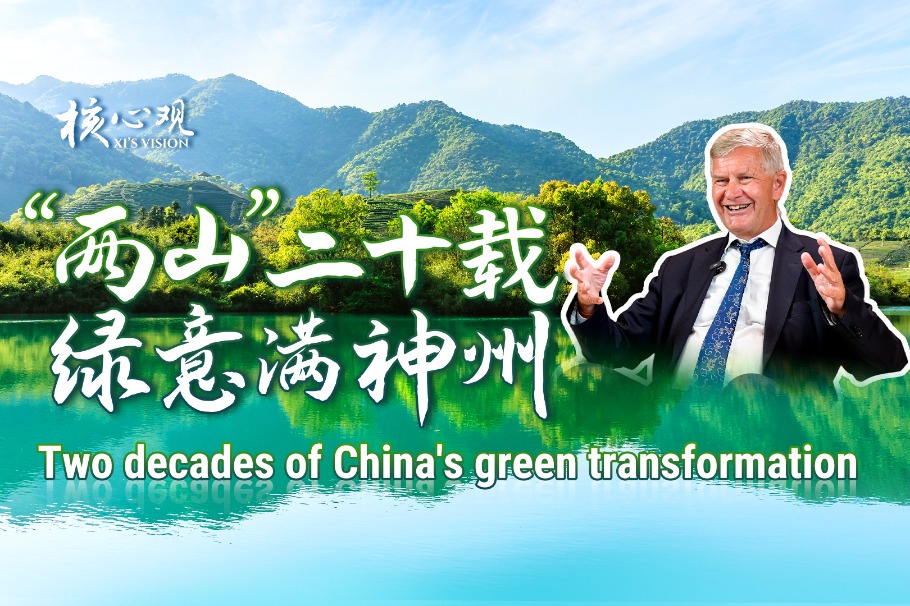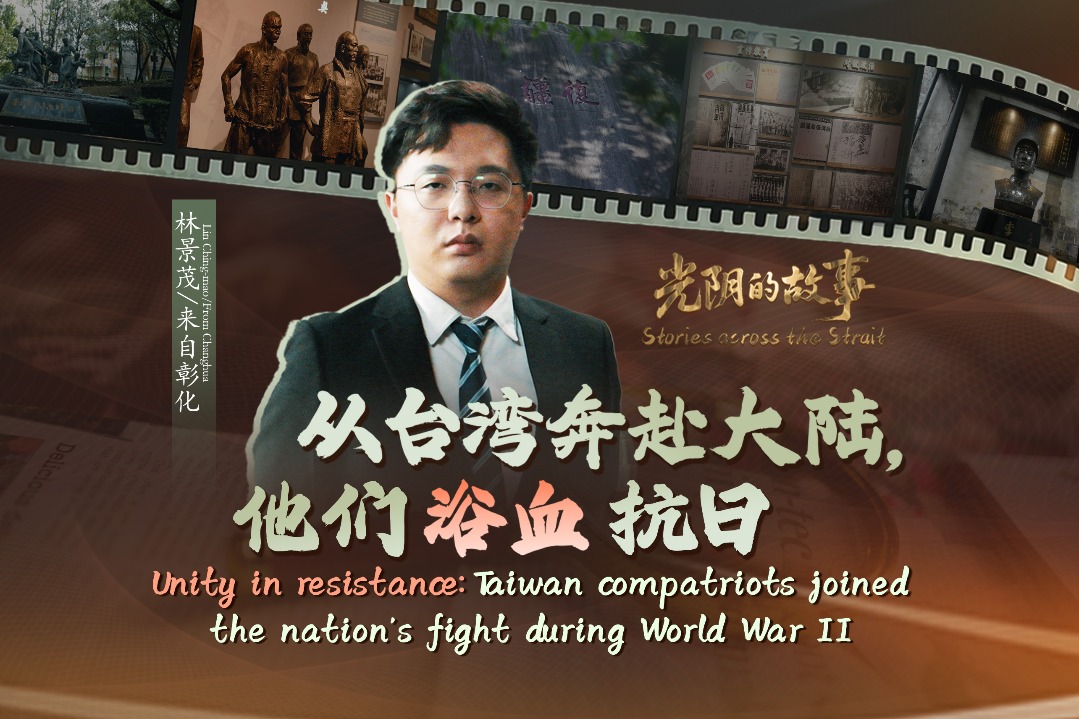Stories of High-Quality Development | Toward green prosperity: Making coordinated efforts to cut carbon emissions, reduce pollution, pursue green development and boost economic growth

High-quality development is the primary task in building a modern socialist country in all respects. Promoting greener, low-carbon economic and social development is a key component in achieving high-quality development.
Making coordinated efforts to cut carbon emissions, reduce pollution, pursue green development and boost economic growth not only summarizes and elevates practical experience but also reflects an accurate understanding of the new situation in ecological civilization construction. This approach is both a major strategic deployment and a guiding principle. It is an important part of China's path, governance, and reasoning in ecological civilization in the new era, providing direction and guidance for comprehensively building a Beautiful China and accelerating the modernization of harmonious coexistence between humans and nature on the new journey.
"Lucid waters and lush mountains, and invaluable assets, serve as vivid representation of ecological conservation and economic development. They are not mutually exclusive or an either-or situation. They reinforce each other and thrive together," said Huang Runqiu, minister of ecology and environment, during an appearance on People's Daily's "Stories of High-Quality Development" series. He emphasized that on the new journey, guided by Xi Jinping Thought on Ecological Civilization, China must uphold systemic thinking, take a holistic approach, focus on the key issues, attach great importance to implementation, and advance high-quality economic development and high-standard ecological conservation and environmental protection in a coordinated manner.
Historic achievements in ecological environment improvement
"Steel plants today — especially those retrofitted with ultra-low emissions systems — are worlds apart from the past," Huang noted. The battle against pollution has deepened, yielding significant results: more blue skies, cleaner waters, and greener shores are now visible to the public.

Walking through a plant of Shougang Qian'an Iron and Steel Co Ltd, one sees clean roads, lush greenery, and blue skies, with multiple environmental monitoring devices like vigilant sentinels, making it feel like a modern ecological park.
Through innovation, blast furnaces can also generate "green momentum." Shougang Qian'an Steel became the first steel enterprise nationwide to pass ultra-low emissions evaluation and monitoring, and among global peers, it pioneered whole-process ultra-low emissions. Thanks to excellent green performance, the company is now a preferred supplier for several well-known automakers.
Modernization of ecological governance continues to advance
"Over the past few years, we've intensified efforts to clean up sewage outfalls into rivers and clean up black, malodorous water bodies to ensure beautiful rivers and lakes. Local governments have been urged to improve ecological and environmental infrastructure, leading to steady improvements in water ecological quality," Huang said.
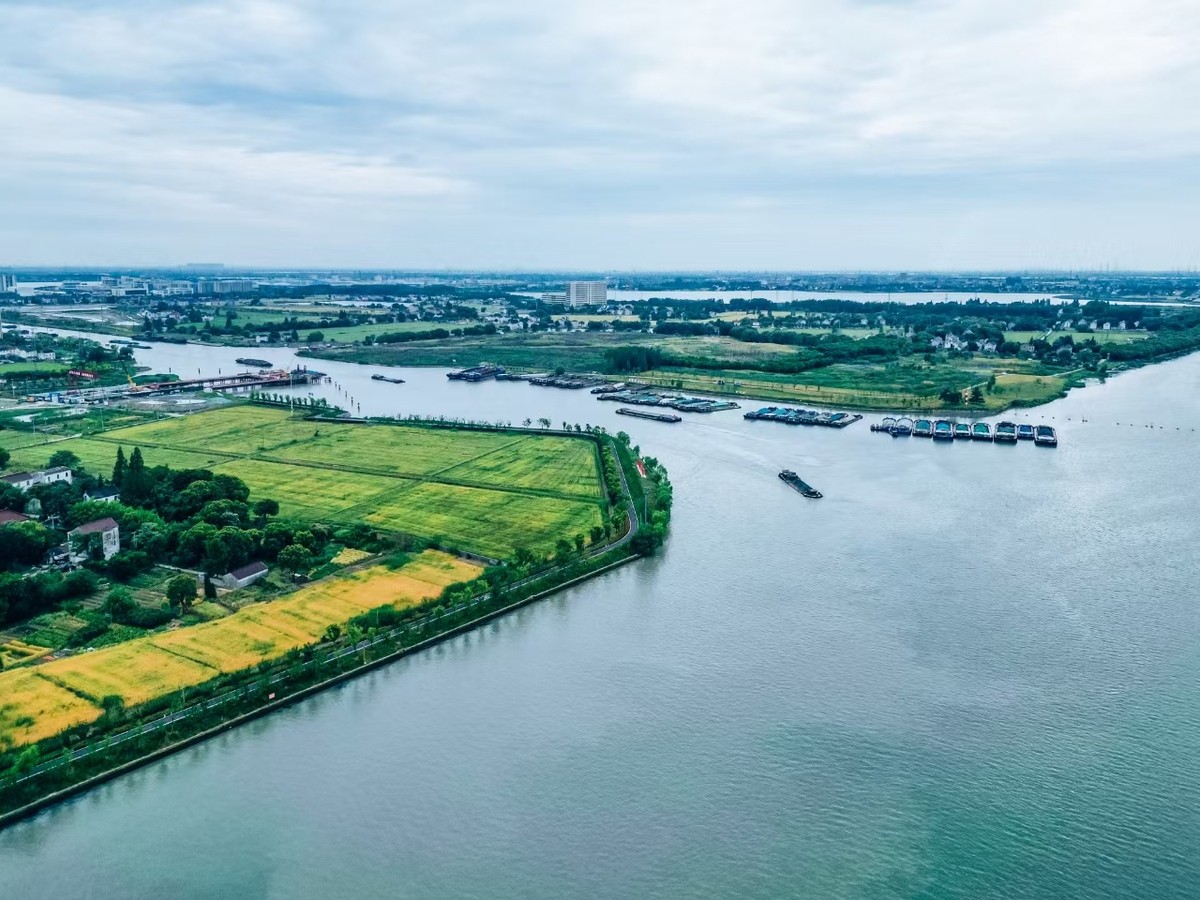
The Taipu River, one of the largest artificial waterways in the Taihu Basin, connects the economically vibrant Jiangsu and Zhejiang provinces, and the city of Shanghai. Villages such as Fenhuwan in Jiangsu, Hubin in Zhejiang, and Xinchi in Shanghai lie along its banks.
In 2018, the integrated development of the Yangtze River Delta was elevated to a national strategy. Jiangsu, Zhejiang, and Shanghai jointly managed the Taipu River under a "joint river chief system." Party secretaries from the three villages—Shen Xiaohua (Fenhuwan), Shen Jianchun (Hubin), and Chi Jianfang (Xinchi)—formed a "cross-provincial partnership" and created a "Party-led ecological circle."
Today, the Taipu River has clear water and green banks. Over 200 enterprises are located in the area, and villagers "see greenery when they step outside, rivers when they open windows, and have jobs near home." The Taipu River has truly become a "river of happiness" across Jiangsu, Zhejiang, and Shanghai.
The value of the "lucid waters and lush mountains are invaluable assets" principle continues to shine
"There is a profound understanding of protecting and utilizing biodiversity in traditional Chinese culture," Huang said. High-quality development follows a people-centered approach, which means development that promotes well-rounded human development and all-round social progress; at the same time, it means respecting nature, following its laws, and protecting it. High-quality development also means driving biodiversity conservation and promoting well-functioning ecosystems.
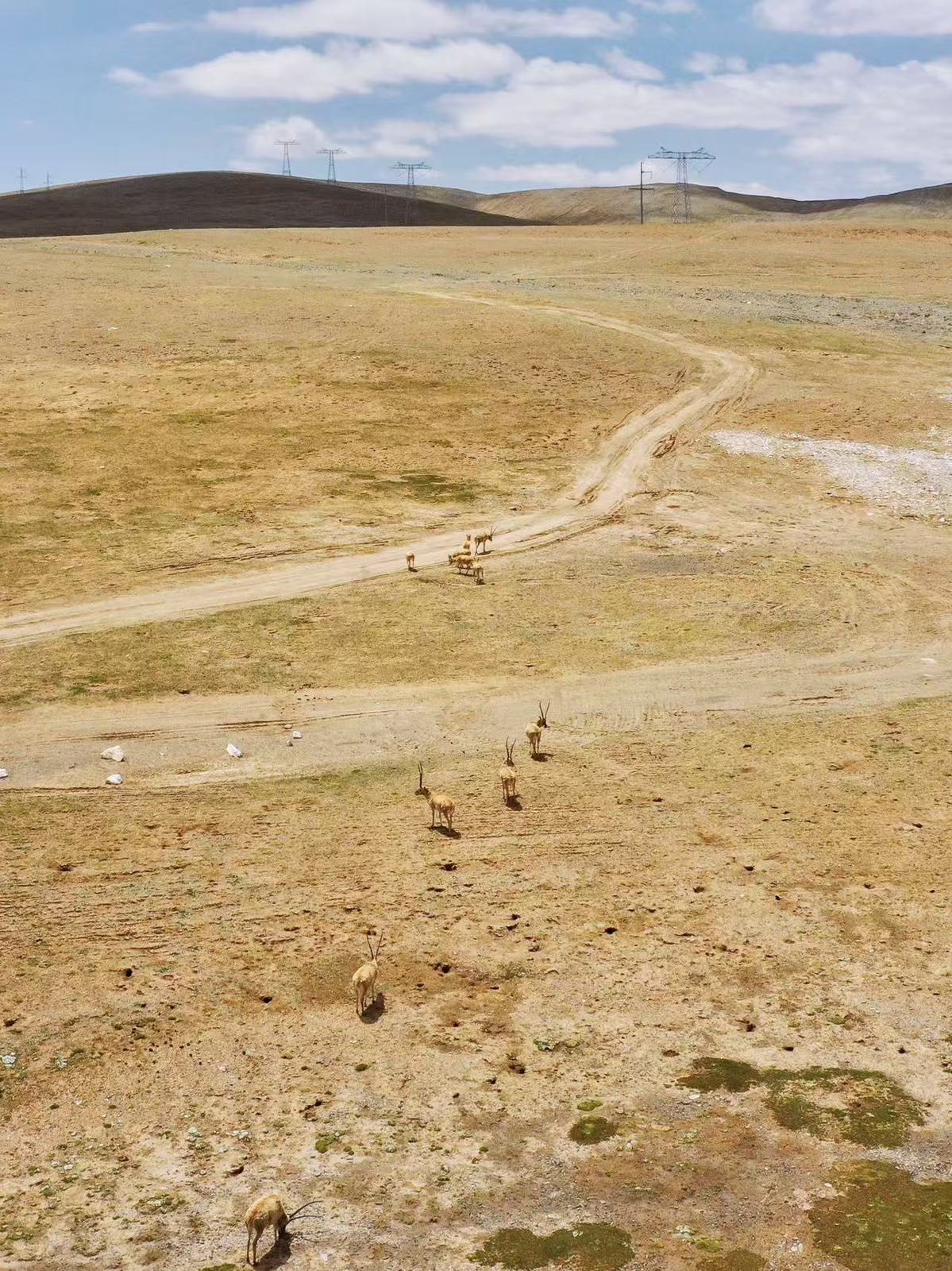
In the source regions of the Yangtze, Yellow, and Lancang rivers lies Hoh Xil on the Qinghai-Tibet Plateau, known as a "life forbidden zone." A group of people silently guard this sacred land and its most lively residents—the Tibetan antelope.
Tsedbng Rdoje, a staff member at the Sonam Dargye Protection Station, is among them. He takes pride in the changes in the antelope population. With society's support, they year after year brave harsh conditions, measuring the wilderness with their steps and protecting life with their own, allowing this beautiful species to thrive again.
Significant results in green economic transformation
Huang stressed that promoting coordinated efforts to cut carbon emissions, reduce pollution, pursue green development, and boost economic growth is not only key to high-quality economic development, but also crucial for pursuing more in-depth and effective environmental governance. It's essential for fundamentally improving the quality of the ecological environment at its source.
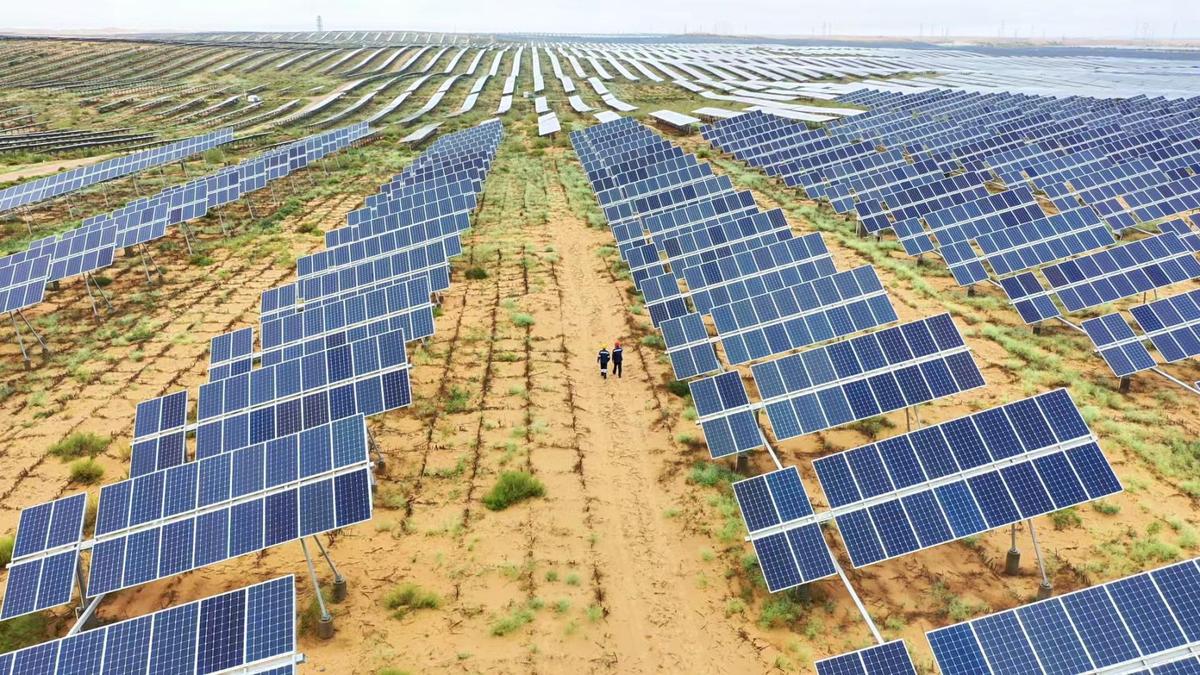
On the grasslands of Ejin Horo Banner in Ordos, North China's Inner Mongolia autonomous region, a portrait of energy transition unfolds: rows of solar panels glisten under the sun, while white wind turbines rotate gracefully in the distance.
Once famous for its "sheep, coal, rare earths, and gas," Ordos is now advancing toward a "green zero-carbon city."
Ecological civilization construction shapes the future of humanity. A green planet is our shared dream. Protecting the ecological environment and tackling climate change requires unity and joint action from all nations. No country can stand apart or go it alone.
Huang pointed out promoting coordinated efforts to cut carbon emissions, reduce pollution, pursue green development, and boost economic growth isn't just a national strategy, it's a shared mission for us all. From factories to farmlands, cities to villages, the government to individuals — only by working together and making sustained efforts, can we make skies bluer, land greener, water cleaner, and development more sustainable.
As the wheels of development roll forward, how do we keep the Earth full of life? The answer lies right within the echoes of the lucid waters and lush mountains, and along the journey of ecological civilization construction.

















